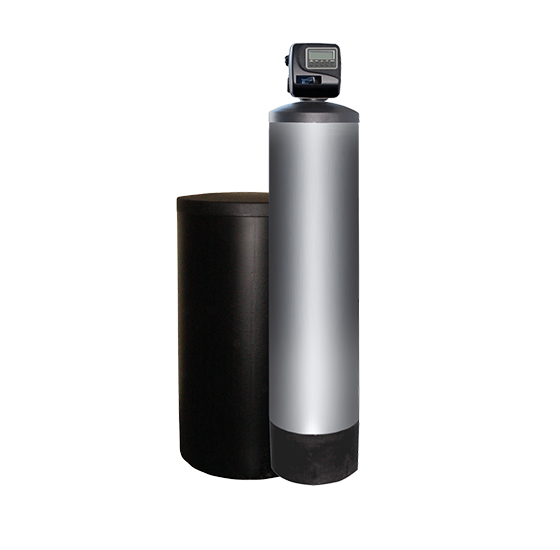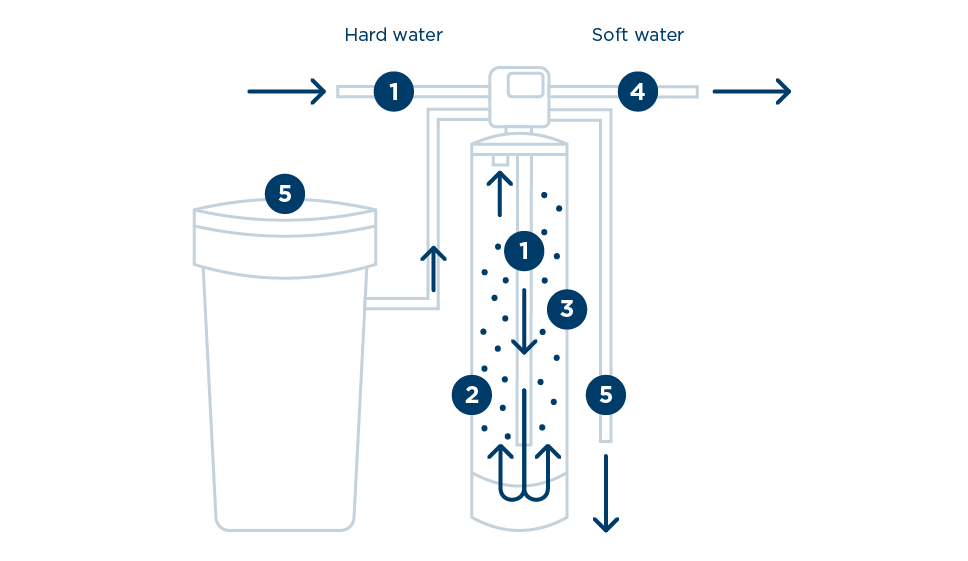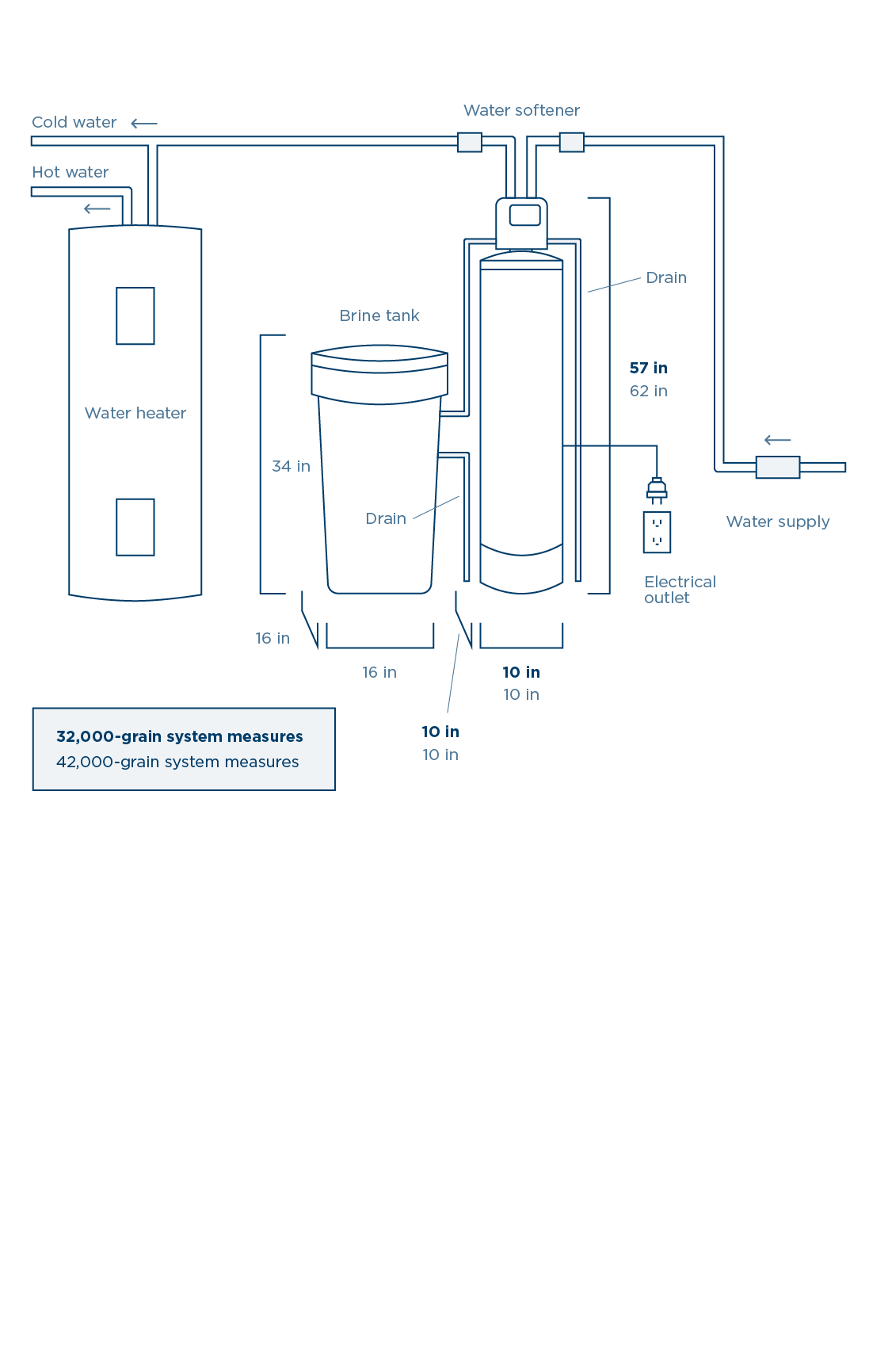Made by Excalibur
Get a quote
Water Softener and Chlorine Filter
- 32,000 grains
- 42,000 grains
- Water softener and chlorine and chemical filtration
- Softened and filtered water on demand
- Installed on the main water line, usually in the basement near the hot water tank
- A simple, fully programmable electronic system
- Self-diagnostic features
- Needs salt for the regeneration process and self-cleaning
- 2 bags of softener salt included
- Rent
- Purchase
$25.99
per
month
month
Standard installation included*
$26.99
per
month
month
Standard installation included*
$2,439.99
+ tx.
+ tx.
Standard installation included*
$2,529.99
+ tx.
+ tx.
Standard installation included*
LAUNCH OFFER
Get 2 months free on rental or $25 off on purchase.
20 years on parts and 1 year on labour
Warranty on parts and labour during the entire rental term
See the benefits of purchasing
See the benefits of renting
Get a quote
*The price listed includes the water purification and filtration system and a standard installation. The final price may vary depending on extras. Please speak with one of our advisors or fill out an online request for a quote to get a better idea of the total cost of the system. The price listed does not include any applicable taxes.
*The price listed includes the water purification and filtration system and a standard installation. The final price may vary depending on extras. Please speak with one of our advisors or fill out an online request for a quote to get a better idea of the total cost of the system. The price listed does not include any applicable taxes.
Made by Excalibur
Get a quote
Water Softener and Chlorine Filter
- 32,000 grains
- 42,000 grains
- Rent
- Purchase
$25.99
per
month
month
Standard installation included*
$26.99
per
month
month
Standard installation included*
$2,439.99
+ tx.
+ tx.
Standard installation included*
$2,529.99
+ tx.
+ tx.
Standard installation included*
- Water softener and chlorine and chemical filtration
- Softened and filtered water on demand
- Installed on the main water line, usually in the basement near the hot water tank
- A simple, fully programmable electronic system
- Self-diagnostic features
- Needs salt for the regeneration process and self-cleaning
- 2 bags of softener salt included
LAUNCH OFFER
Get 2 months free on rental or $25 off on purchase.
20 years on parts and 1 year on labour
Warranty on parts and labour during the entire rental term
See the benefits of purchasing
See the benefits of renting
Get a quote
*The price listed includes the water purification and filtration system and a standard installation. The final price may vary depending on extras. Please speak with one of our advisors or fill out an online request for a quote to get a better idea of the total cost of the system. The price listed does not include any applicable taxes.
*The price listed includes the water purification and filtration system and a standard installation. The final price may vary depending on extras. Please speak with one of our advisors or fill out an online request for a quote to get a better idea of the total cost of the system. The price listed does not include any applicable taxes.
-
Features
-
Specifications
Get a quote for
Water purification systems
"*" indicates required fields
Please note that your information is saved on our server as you enter it.






